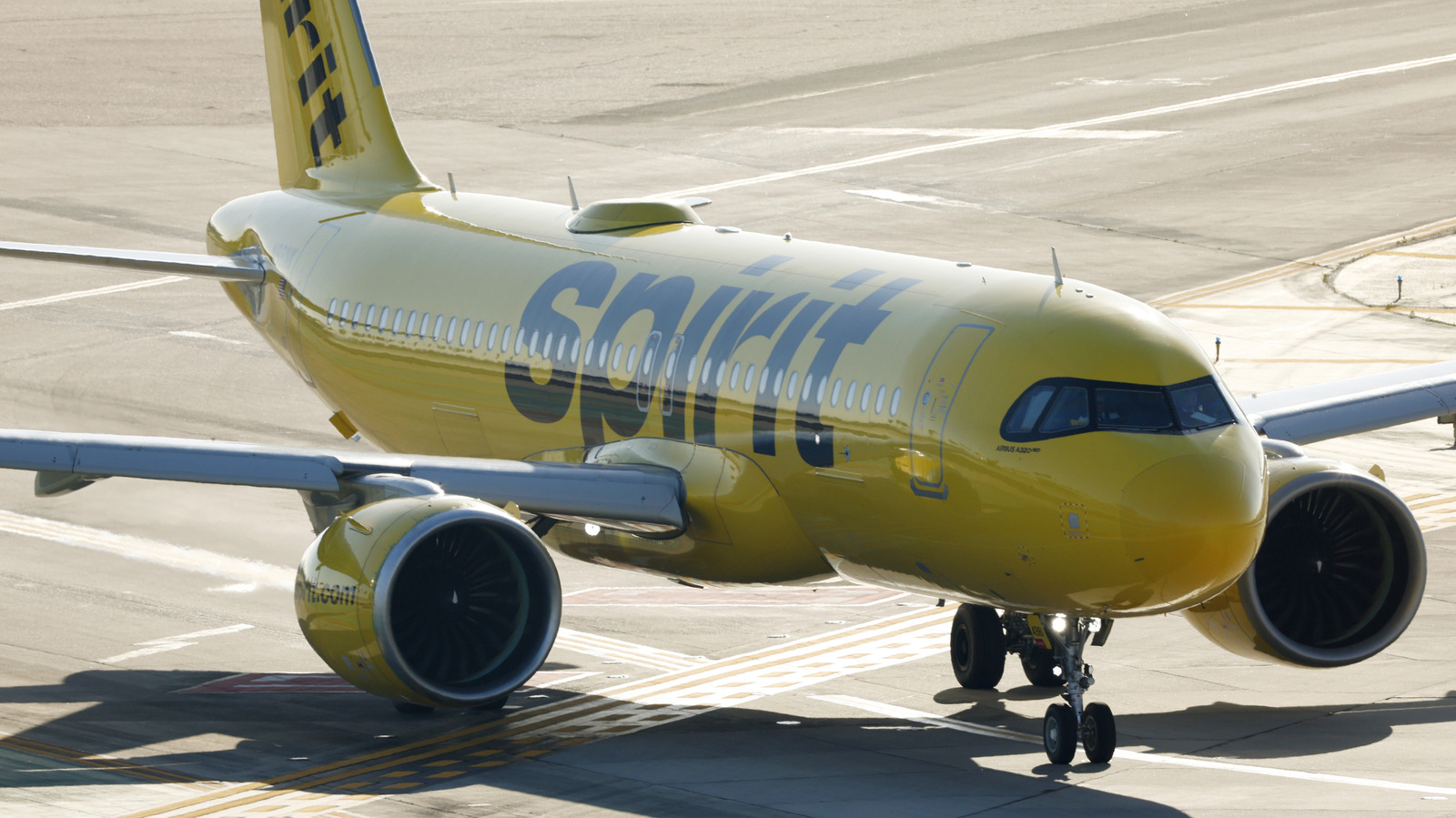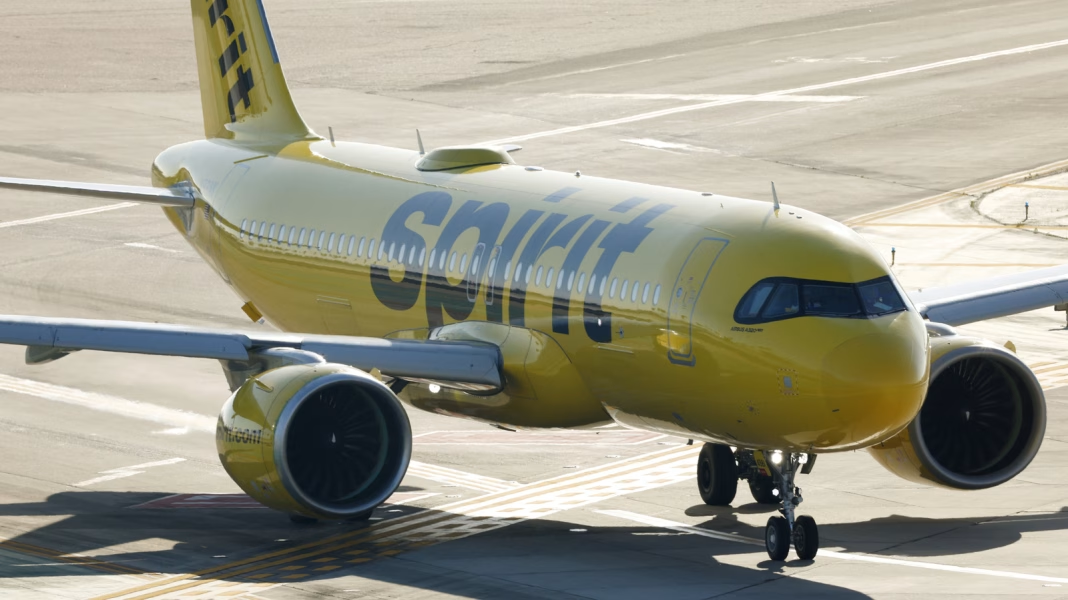Why Would a Company Declare Bankruptcy Twice in One Year?
It’s a fair question—shouldn’t one bankruptcy filing be enough to sort things out? In reality, the process is rarely so tidy, especially in industries as volatile as aviation. When you see a company like Spirit Airlines declare bankruptcy twice in a single year, it’s usually a sign of deeper, systemic issues that a single restructuring just couldn’t fix.
Let’s break it down. The first bankruptcy is often a move to buy time. It gives the company a chance to renegotiate debts, shed unprofitable routes, or cut deals with creditors. But if the underlying problems—like rising fuel costs, labor disputes, or outdated fleets—aren’t addressed, the relief is temporary. According to a 2023 report from the International Air Transport Association, airlines globally faced a 40% spike in operating costs post-pandemic, with budget carriers hit hardest. If Spirit’s first bankruptcy plan was built on overly optimistic recovery projections or failed to secure new financing, a second filing might have been unavoidable.
What Went Wrong After the First Bankruptcy?
You’d think that after the first round, management would have a clear path forward. But the reality is often messier. Sometimes, the initial restructuring plan is based on market conditions that change overnight—think sudden fuel price hikes or a resurgence of travel restrictions. Other times, the company might struggle to win back customer trust, especially if service cuts or delays become the new normal.
There’s also the challenge of investor confidence. If stakeholders see the first bankruptcy as a sign of deeper instability, they may be reluctant to inject fresh capital. In Spirit’s case, industry analysts pointed out that the carrier’s ultra-low-cost model left little room for error. One miscalculation—like underestimating how quickly passengers would return—can throw the entire recovery off balance.
How Do Multiple Bankruptcies Affect Employees and Customers?
The human side of these filings often gets lost in the headlines. For employees, repeated bankruptcies can mean ongoing job insecurity, wage freezes, or even layoffs. Morale takes a hit, and talent can start to drain away as workers seek more stable opportunities elsewhere.
For customers, the impact is just as real. Frequent flyers may find routes disappearing or schedules changing with little notice. Refunds and credits can get tangled in legal limbo. According to a 2022 survey by the US Department of Transportation, customer complaints against airlines doubled in the months following major bankruptcy announcements, with most grievances centered on canceled flights and poor communication.
Are There Any Success Stories After Multiple Bankruptcies?
Surprisingly, yes. Some companies do manage to pull off a comeback after multiple filings. The key? Learning from past mistakes and making bold, sometimes painful, changes. Take the example of major US carriers in the early 2000s—several went through multiple bankruptcies before emerging leaner and more competitive. They invested in newer fleets, revamped loyalty programs, and focused on customer experience.
For Spirit, the road to recovery would likely require a similar willingness to rethink its business model. That might mean shifting away from rock-bottom fares and investing in reliability, or forging strategic partnerships to expand its network without overextending resources.
What Can Travelers and Investors Learn From This?
If you’re a traveler, it pays to stay informed about the financial health of the airlines you use most. Flexible booking options and travel insurance can help protect you from last-minute disruptions. For investors, multiple bankruptcies are a red flag—but they can also signal a company on the verge of a turnaround, provided there’s a credible plan and strong leadership in place.
The big takeaway? Navigating bankruptcy isn’t about perfection—it’s about smarter adjustments. Start with one change this week, and you’ll likely spot the difference by month’s end.


